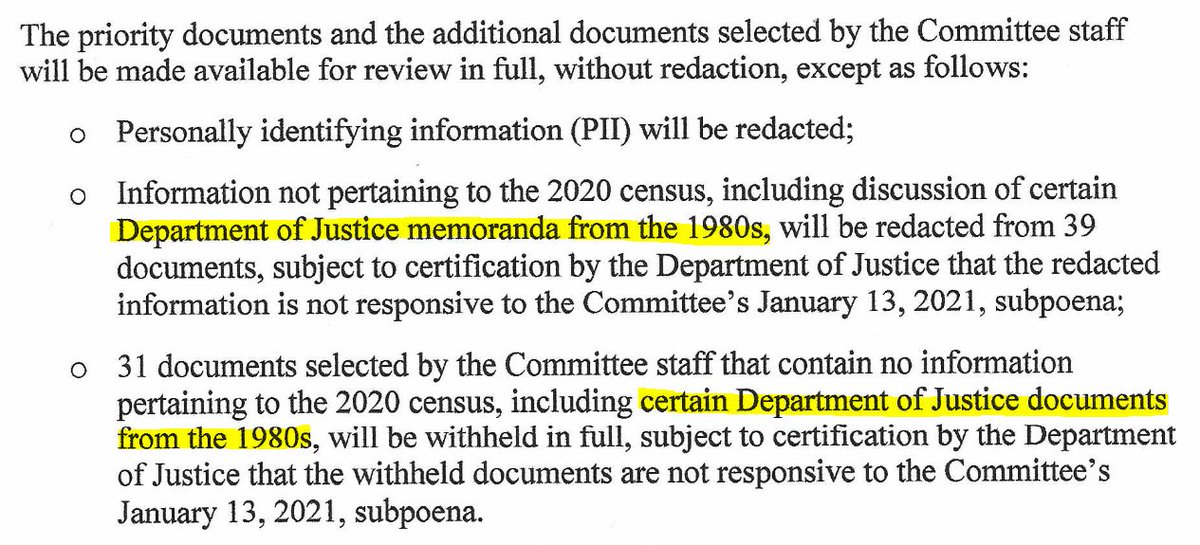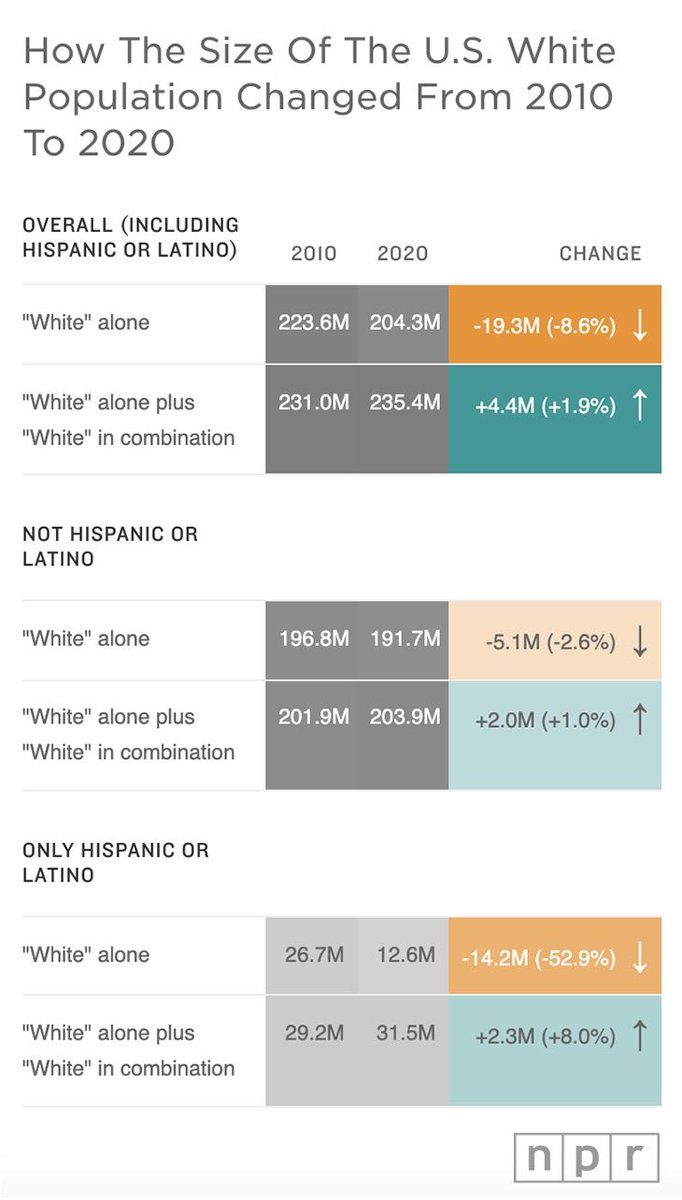
NEW: The 2020 census likely undercounted people of color at rates higher than those of the last count, an @urbaninstitute study finds. That could translate into inequities in political representation & federal funding across the U.S. for the next 10 years
npr.org/2021/11/02/104…
npr.org/2021/11/02/104…
@urbaninstitute 2. Important to note: This @urbaninstitute study is *not* an analysis of 2020 census results & doesn't show actual over/undercounts. The estimates are based on a *simulated* census & a method for measuring accuracy that's different from the Census Bureau's
urban.org/research/publi…
urban.org/research/publi…
@urbaninstitute 3. Let's also keep in mind: When people of color are undercounted in the census, it's not just "some" groups who miss out on federal funding and political representation — it's *everyone* living in the local communities and states where there are people of color.
@urbaninstitute 4. The @urbaninstitute's simulation also estimates that the 2020 census net undercount rate for children under 5 is likely 4.86%, which would be higher than what is considered the Census Bureau's most reliable 2010 estimate
npr.org/2021/11/02/104…
npr.org/2021/11/02/104…
@urbaninstitute 5. @ArturoNALEO of @NALEO calls the Urban Institute's study "another indicator of a potential undercount of the Latino community and very young children in Census 2020 that is greater than the undercount in 2010" 

• • •
Missing some Tweet in this thread? You can try to
force a refresh






